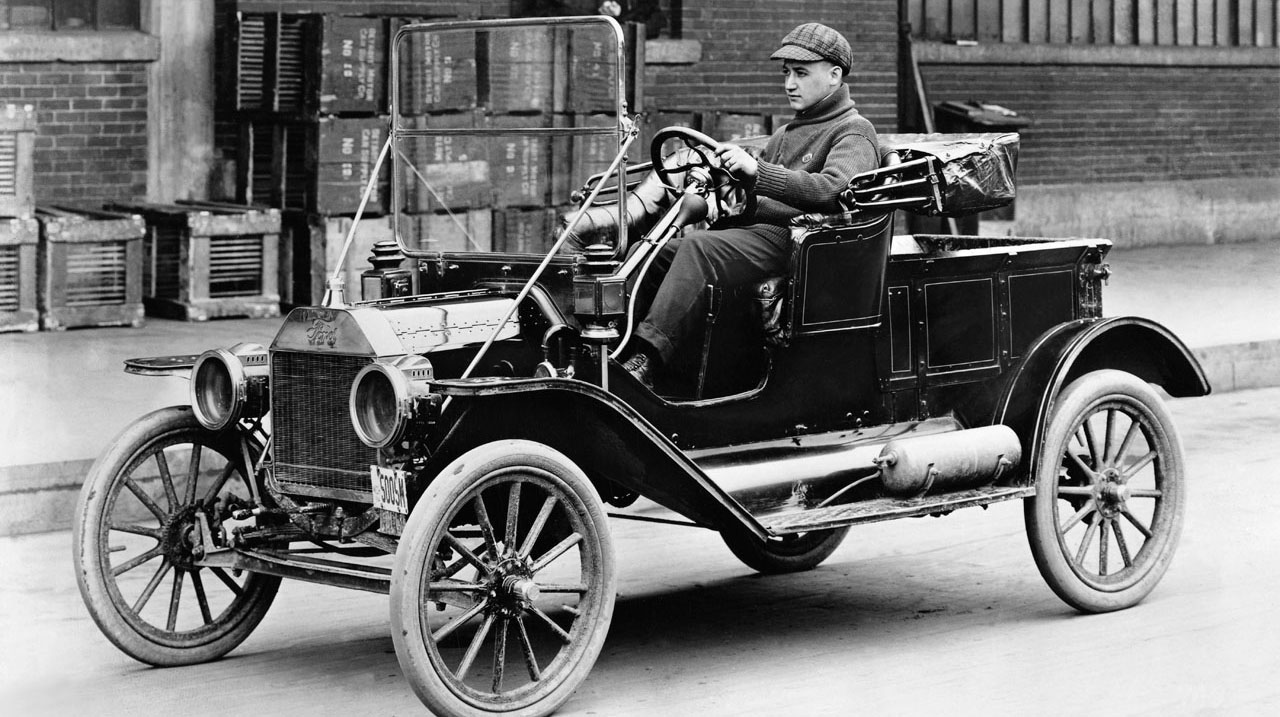Technology Development during the Industrial Revolution

Background
During the 1750s, most of Europe lived on small farms and their needs were obtained from their backyard. A hundred years later, many people lived in huge cities and a huge portion of their needs were produced by complex, steam-powered machines. The Industrial Revolution started off in Great Britain and spread to countries like Belgium, France, Germany, USA and Japan. It was a fundamental change in the way goods were produced, and altered the way humans lived. The Industrial Revolution was basically a time of scientific and technological advancement
Agriculture
Agricultural improvements were first led by the Dutch. Dikes were built to protect farmland from the seas and fertilizers were improved. The British improved on many of these methods, and developed others of their own, including breeding better livestock to aid in work and mixing different soils to yield a better crop. British farmer and inventor, Jethro Tull, created the mechanical seed drill to aid in planting.
Energy
Britain experienced a revolution in energy use as they switched from animal power, to water power and to steam power in just a few years. Thomas Newcomen developed a coal-powered steam engine in 1712. This engine was used to pump water out of mines. James Watt later improved on this engine and Watt’s engine would be a power source during the Industrial Revolution.
New Technology
Once steam power became prominent, most machines used in the production of cloth became "powered". This includes the Spinning Jenny used to make thread, and power looms that combined the thread to make cloth. Other uses for steam power dealt with transportation, such as the steam locomotive. Within a few short years of the start of the Industrial Revolution, Great Britain had miles of railway tracks all across the country. This resulted in a great need for iron track & nails, which in turn led to improvements in iron production.
Urbanization
Due to industrialization, people moved to towns and cities to live closer to the factories. During the early stages of industrialization, factory workers lived in over-crowded buildings with no sewage or sanitization service which makes the condition poor.
